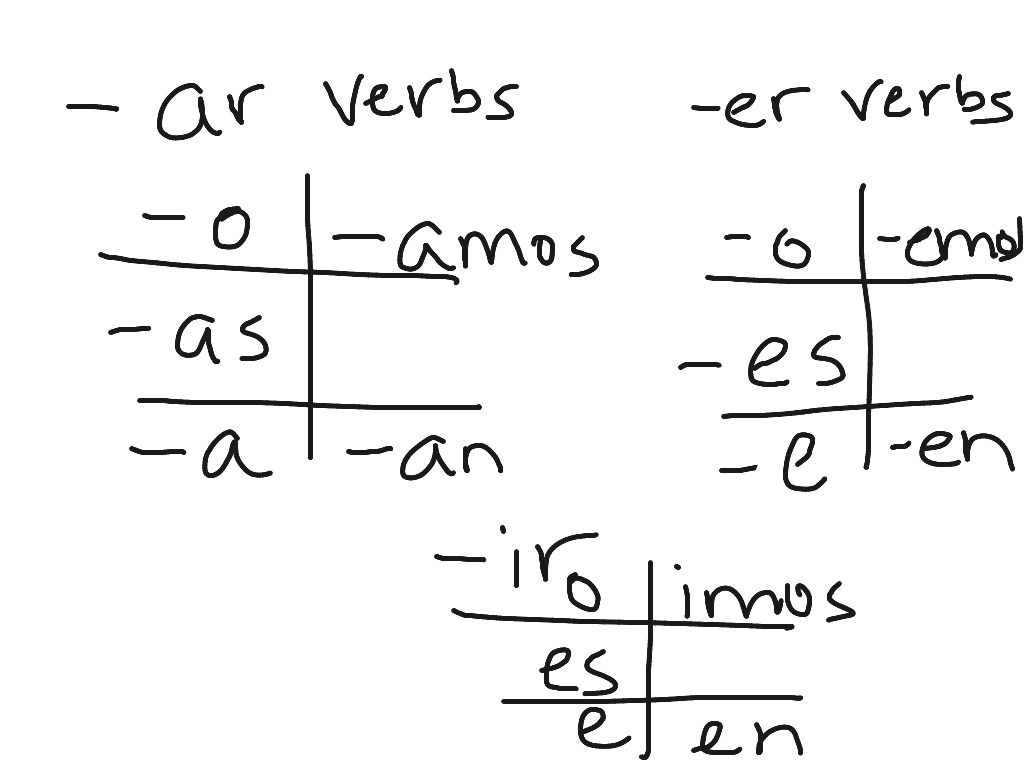


2nd conjugation verbs are usually two or more syllables in length, so these are usually either long verbs or syncopated verbs.įor the rest of this guide and in other guides about Irish, we won't refer to conjugation as it can be a complex thing to understand. In practice, most 1st conjugation verbs are only one syllable long, which is why they are described as short. If you know what conjugation a verb exists in, you are more likely to work out how the verb is spelt or pronounced in different tenses, even if it is one you have not come across before. The verb éist is also a slender verb, so in this case the ending must be éisteann sé le ceol. In the above example, éist is a 1st conjugation verb - so in the present tense, the endings are -im or -aim when talking about ourselves, and -eann or -ann when talking about others. When using different tenses and adding endings to the verbs, verbs are treated differently depending on what conjugation they are in. The ending -im is used when talking about ourselves, and not other people - that's why you need to use the ending -eann in this case - éisteann sé le ceol ( he listens to music ).īut what has this got to do with conjugation? Well, in Irish, regular verbs are categorised into two types - 1st conjugation and 2nd conjugation. In Irish, there are different endings for verbs depending on who or what is the subject - who is doing the action in the sentence.įor example, in the present tense in Irish, you couldn't say éistim sé le ceol. You can see that in English, the verb to be changes depending on who is the subject.

A good example of how conjugation of verbs is important is conjugating the verb to be in the present tense:

Verbs are conjugated in English all the time to convey different meanings. Conjugation is a very long word, isn't it? In grammar, when you conjugate a verb, it just means that you change the verb in order for a sentence to make sense.Ĭorrectly conjugated verbs communicate to a reader or a listener the meaning behind the the sentence clearly.


 0 kommentar(er)
0 kommentar(er)
